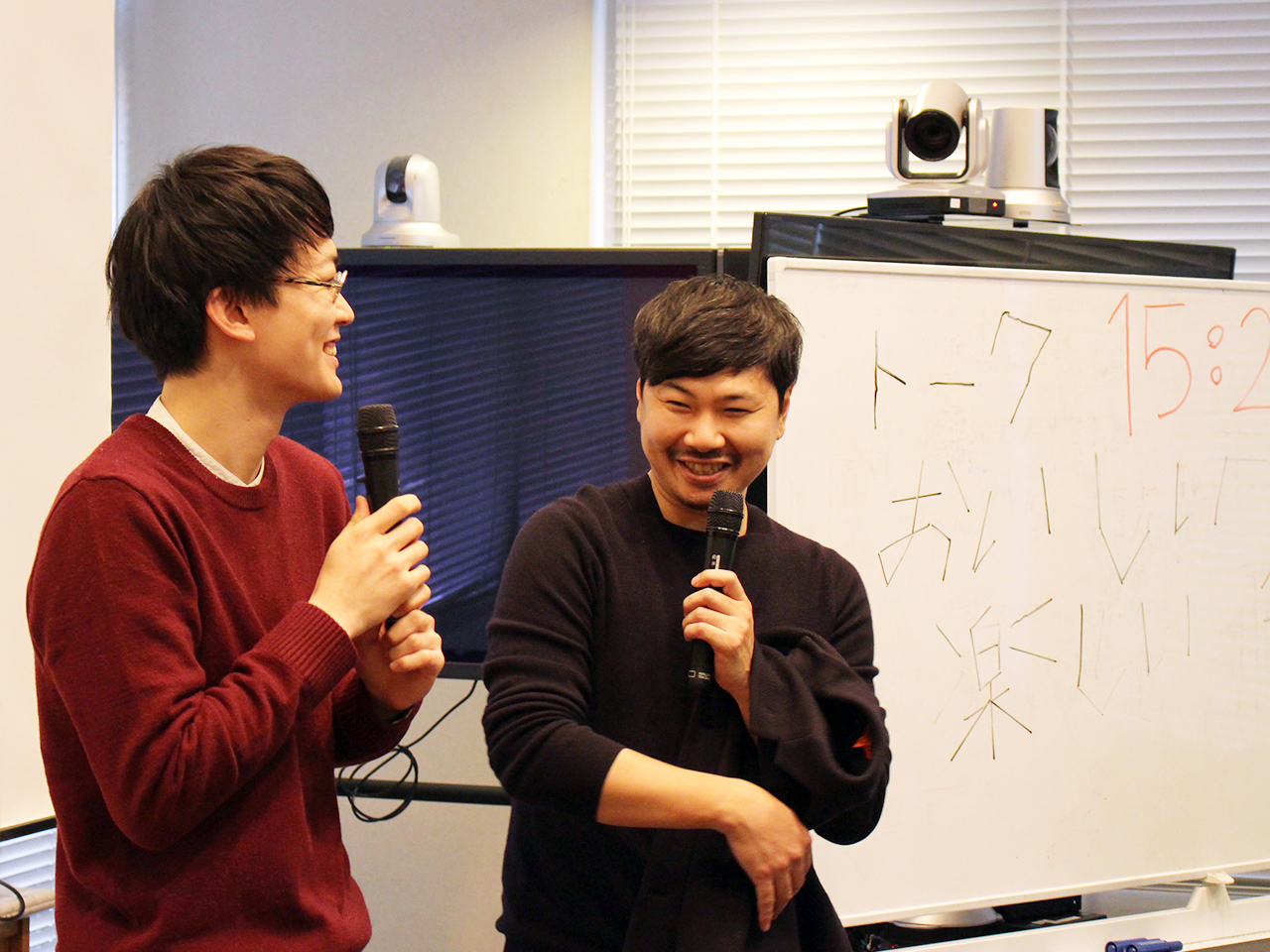The actual event finally took place on January 28th. Before it even began, the venue was already packed with participants eagerly awaiting the event. We'll be reporting on the excitement of the event in two halves!
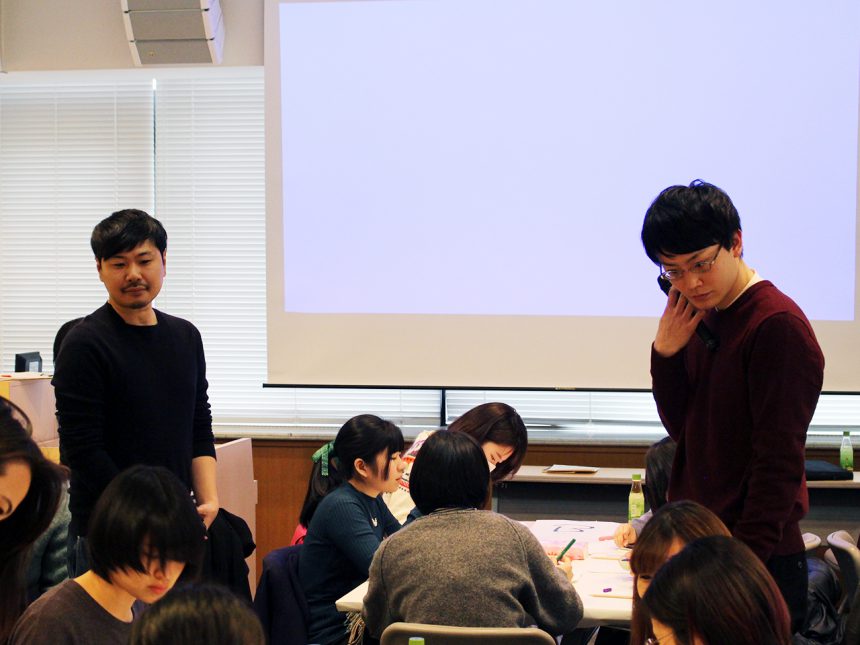
On this day, the event team was busy with preparations and meetings from early in the morning. The flea magazine team, whose magazine had already been completed, was also actively helping out the event team.
The event "Jiyuu Jizai" finally began at 1pm, with the venue packed to capacity with participants!
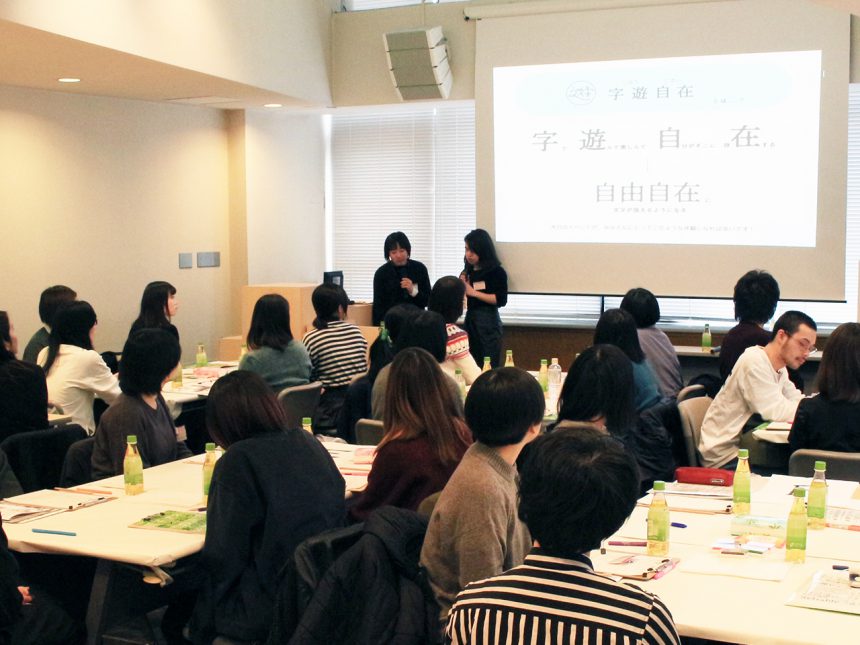
After an explanation of today's schedule, the Font Switch Project, the thoughts behind the event, and an introduction of guests Daijiro Ohara and Kohei Sekigawa, we headed straight to the workshop.
To the participants who had just gathered and were still nervous, Ohara said, "In this workshop, you will think through your hands, which will make it easier for you to absorb the words we will be saying. Let's give it a try first, to loosen up your brain!"
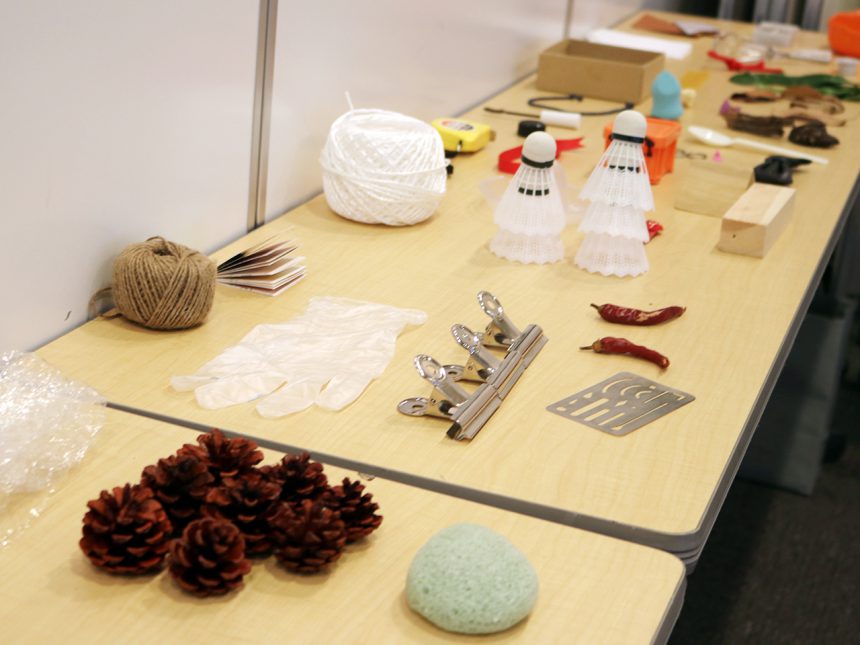
Led by the event team, each table group began by choosing their favorite tool from the materials laid out at the entrance, including leaves, fruit, sweets, toothpicks, shells, clothespins, string, screws, and more.
So, what kind of workshops will start soon?
"Letters are fun!" A very exciting workshop
Then, returning to their tables, participants got to work using the paper and pens provided at their seats. On the first piece of paper, participants wrote their name in the usual way with a pen, but on the second and subsequent pieces of paper, they wrote their names using a variety of techniques, such as using their non-dominant hand, writing with their eyes closed, or using the back of the person next to them. Participants had fun communicating with the person next to them and completing their strange characters, which was amusing, with smiles on their faces.
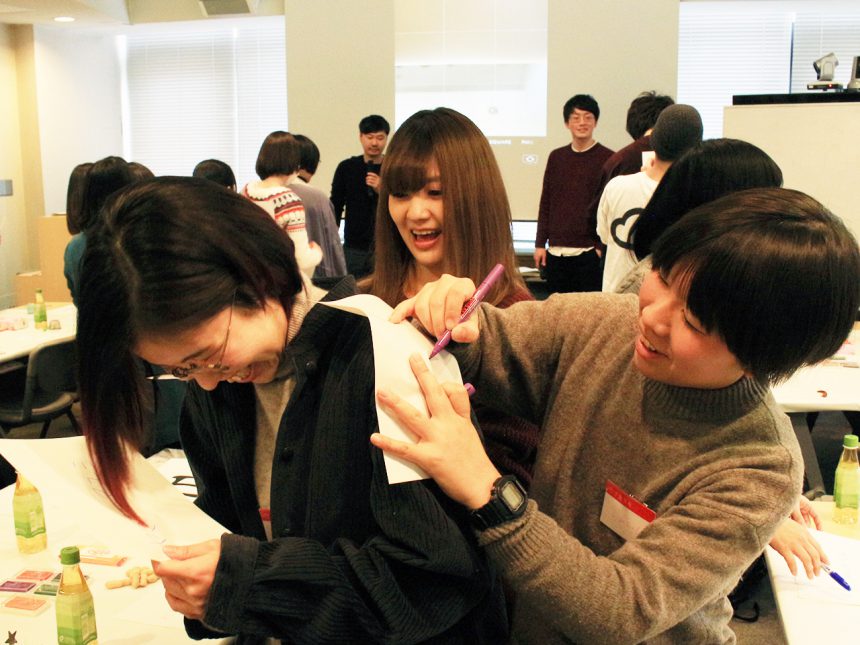
Next, participants were instructed to "hold a pen to the tool you have chosen and write your name." Ohara said, "Let's try writing normally, using a different method, and using a different tool and see what emerges in each case." Participants observed the tool from various angles and used trial and error to find the best way to use it to write the characters.
Participants were amazed at how the texture of letters changed depending on the angle of the clothespins, tried out various ways of writing letters by using badminton shuttlecocks and pens in creative ways, struggled with how to handle necklace chains, and tried rubbing the surface of a pine cone against paper to make letters stand out. The participants' free-thinking ideas gave rise to a wide variety of lettering ideas.
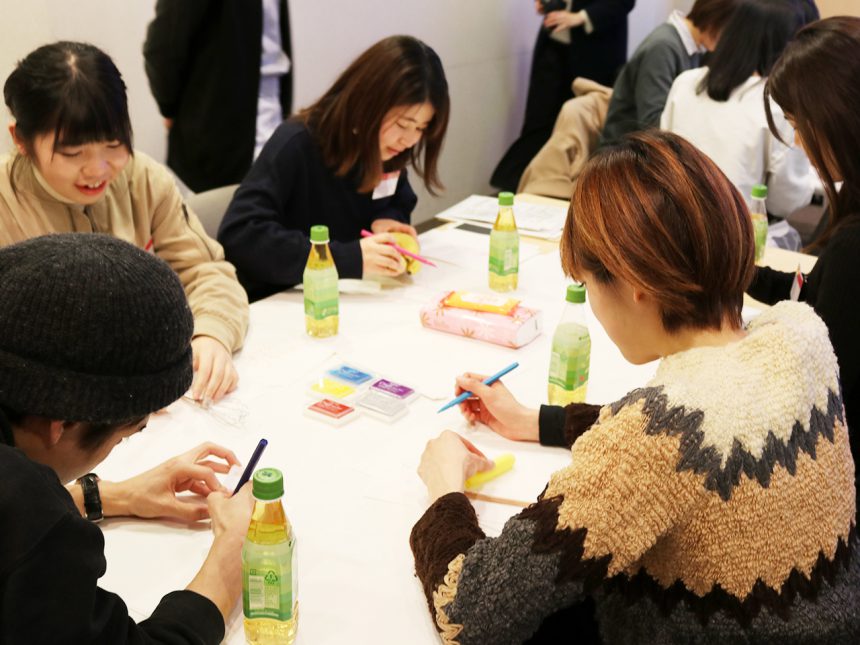
Seeing the participants struggling to write well with soft tools, Sekikawa gave the following advice: "I think variations in characters will emerge depending on whether you focus on writing your name or on using the tool." After hearing this, the participants were seen enthusiastically exploring the possibilities of characters, with comments such as "Let's try writing in kanji," and "It might be interesting to see the difference between the characters I write using the tool and the characters someone else writes using."
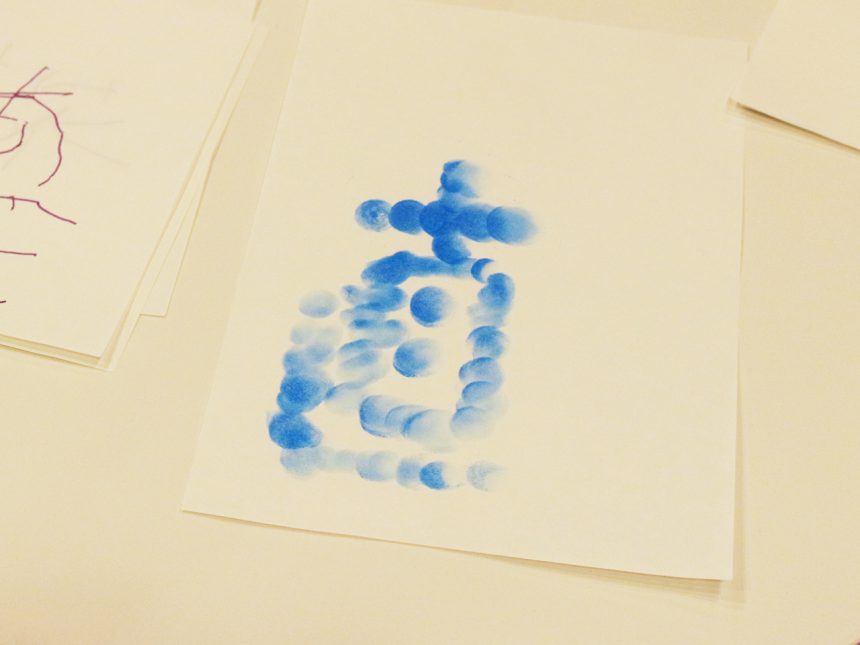
As participants exchanged tools with the person next to them and showed each other their finished papers, a variety of comments were heard from each table, such as "These letters are so cute!", "They look like a dying message," and "Even though we used the same tools, the letters turned out completely different." The event team also went around to each table to ensure smooth communication between participants.
When participants compared their names to the paper they had written with a pen in the usual way, they discovered the fascinating aspect of how the tools they used limit their own writing habits. By using the tools to move their hands and bodies and think of ideas while writing, the participants seemed to experience the appeal of letters in a way they would not normally experience.
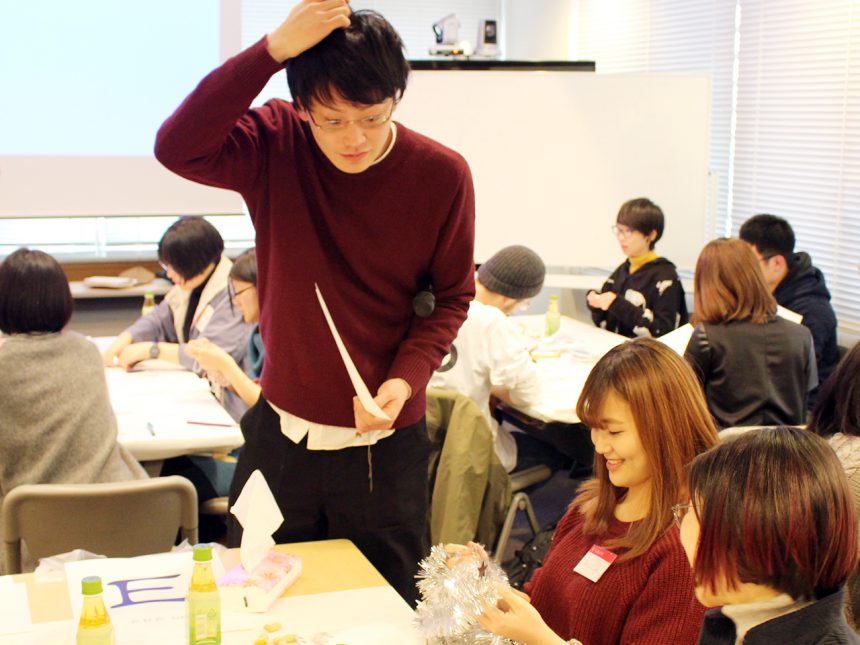
Upon seeing the participants' fresh reactions and the finished letters, Sekikawa commented, "The gentle curves of the pumice stone create movement, and the letters written by gently placing the necklace on the paper and pressing it with a pen give a passive feeling of being 'told' to write by the tool, which is really great. There are a lot of ideas in the degree and gradation that can be achieved by interacting with the tool."
Ohara, who has conducted numerous workshops, summarized the event by saying, "Today's workshop had a dynamism to it that you don't get when working alone in silence, and I felt the presence and breathing of the people next to me. If we continue to have experiences like today's, I'm sure we will be able to appreciate the fascinating changes that occur over time and make new discoveries."
In the second half, we will present the contents of the talk, where we heard valuable stories from the two speakers.
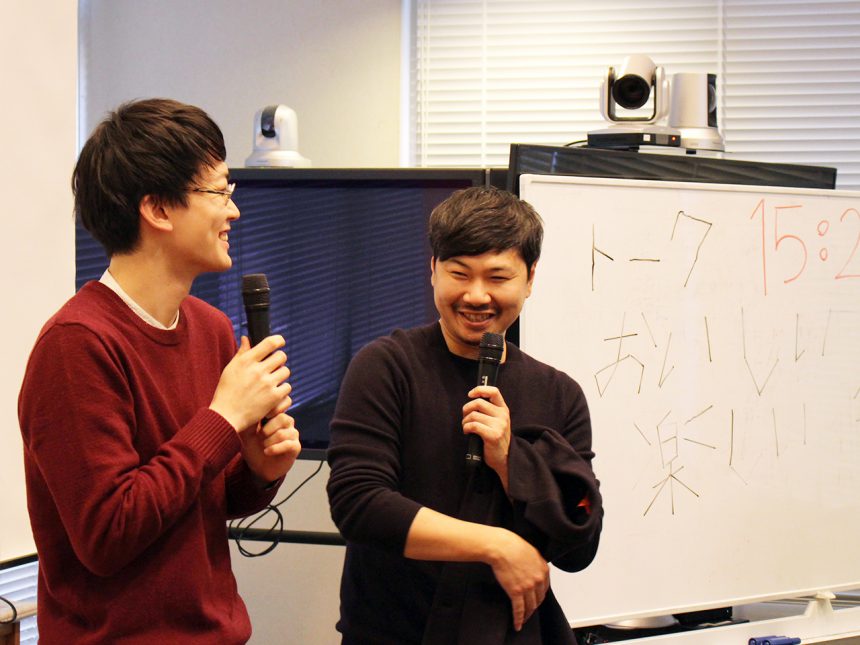
In the first half, we reported on the lively workshop. In the second half, we will report on the talk session between Ohara and Sekikawa, the networking event that took place after the break, and the magazine distribution by the flea magazine team.
Valuable talk between the two during today's workshop
During the much-anticipated talk session, the two discussed a wide range of topics, from summarizing the day's workshop, to the fundamental aims and thoughts that they have in their work, designs, and workshops, to an introduction to their work and their recent interests.
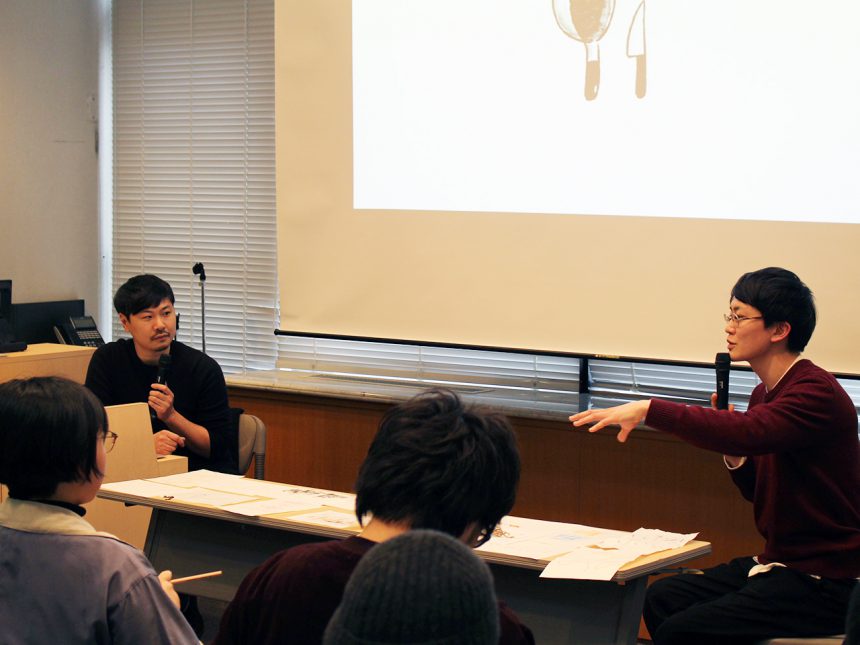
In the second half of the talk, Ohara also gave some professional advice to the participants studying lettering and design at university. He encouraged the participants, saying, "When you work, you develop a routine of what design is and how you create it when you receive a job. Also, anything that seems wasteful or roundabout is rejected in society. What we did today isn't required at a design firm, but if you make an effort to make practical workshops a part of your daily routine, you'll improve your sense of expression, your communication skills, and your awareness of what's interesting."
Sekikawa also shared what we should keep in mind when designing and creating things, saying, "When you're creating works in university, you tend to think, 'everyone else is doing it, and I'm at art school, so I guess I should do it.' Designing because you have a great environment feels like the means and the end are reversed. I want you to get down and dirty and repeatedly participate in workshops and create things. When you go back to the purpose of design, try out your own methods of creating things, not because you have an environment where you can design, but because you are drawn to a more distant purpose or setting."
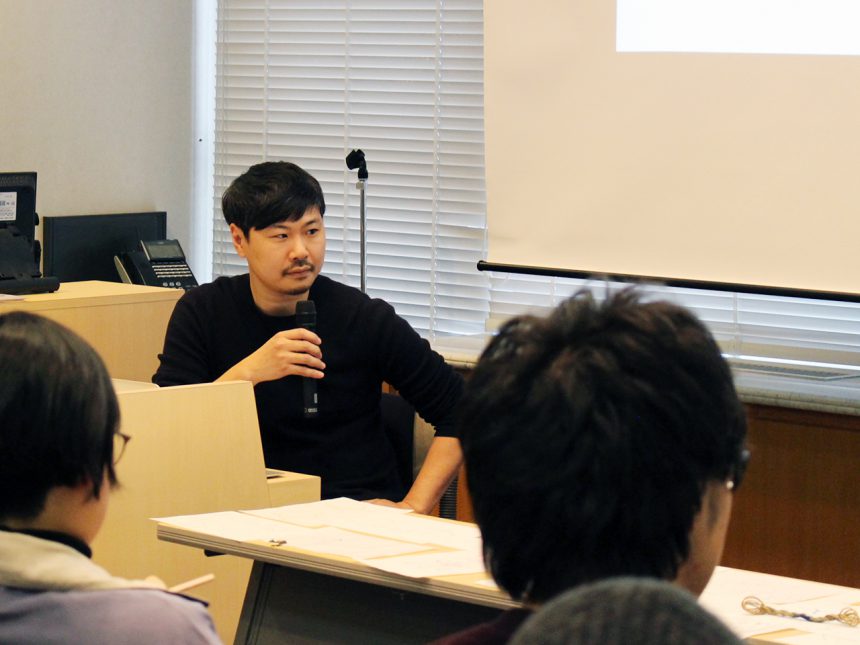
Ohara agreed with Sekikawa, saying, "I think that people who create letters and fonts look at a variety of things, not just letters, such as natural objects and human emotions. Such eyes are developed through daily training, but if you don't train your eyes and simply become good at imitating others, there's a fear that you might lose sight of what's important."
The talk was rich and involved more than just design and writing, and the participants listened intently, taking notes from time to time.
At the end of the event, there will be a fun networking session, a Q&A session, and a magazine distribution session.
The event concluded with a social gathering where participants enjoyed snacks and drinks. The participants introduced themselves and talked about their universities, becoming very friendly with each other. Ohara and Sekikawa also answered questions from the participants.
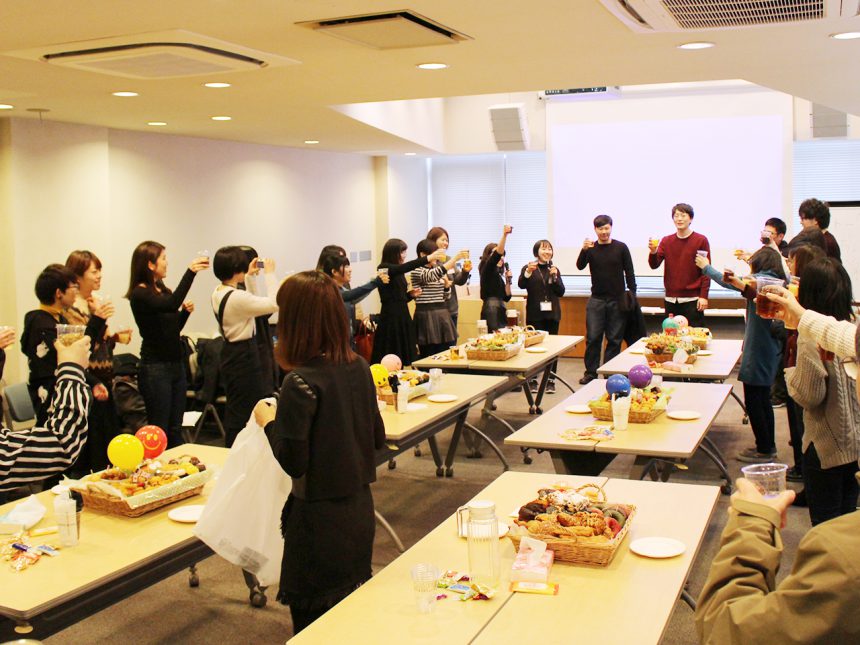
In response to the question, "What did you do as a student?", Sekikawa talked about a piece he created in his third year of university. "It was a performance in which I did professional wrestling by myself. Partway through, the lighting suddenly changed and I stopped moving, creating a moment where it was as if time had stopped. I wanted to create a sense of silence and tension that would make the audience think, 'What?' or 'What's going on?' I think I've had the desire to answer questions like, 'Why do these things happen to people and things?' even back then," he said, sharing an episode that led to his current work.
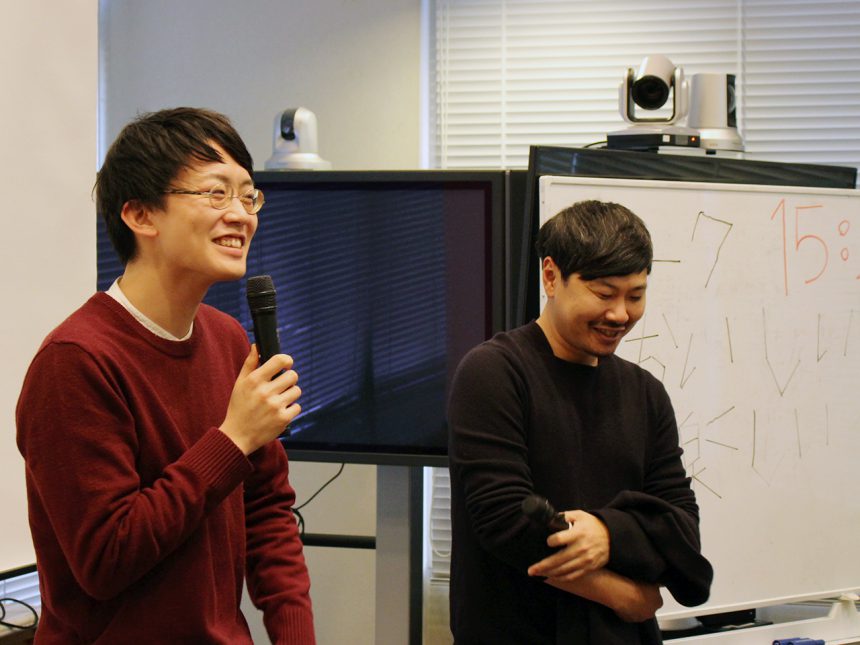
Ohara says that a friend from middle and high school led him to his current job. One of his friends decided to release a collage CD, and the design he created for the CD jacket was his first design job as a high school student. After that, he decided to study art properly and enrolled in an art college. "If it weren't for the friends I had back then, I might not be here today," he says with deep emotion as he looks back on his life.
In addition, the participants shared valuable stories that could only be heard here, such as what they've been into recently, what they think about when communicating their work, and how they solve problems when they get stuck at work, and the event ended in great success.
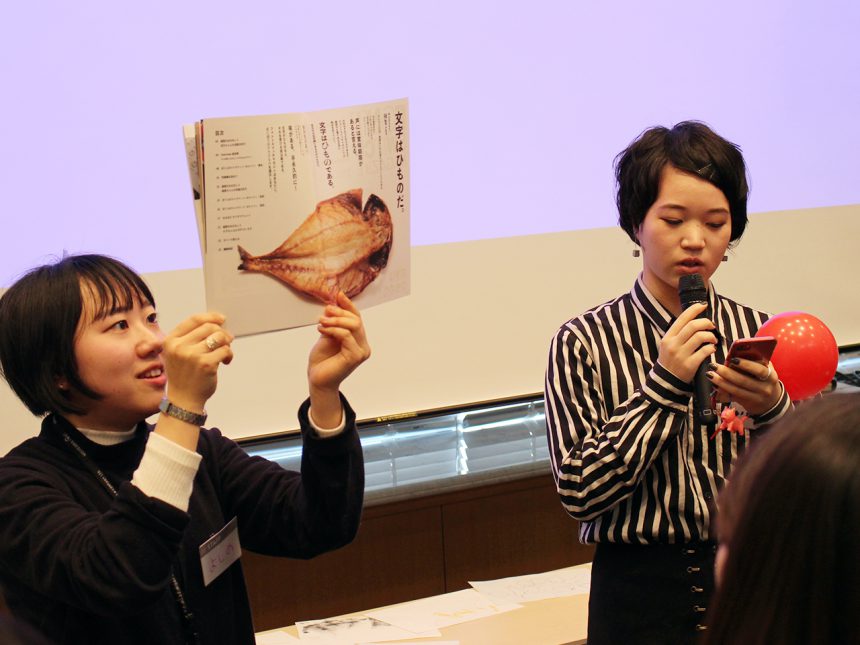
At the end of the event, the Flea Magazine team explained the magazines that had been distributed. This was the first time they had explained their magazine in front of an audience, and they were all feeling nervous. The participants picked up the magazines in their hands and stared at them with interest. It is hoped that in the future, readership will expand from today's participants, who received their first issue, to many more students.
The atmosphere was relaxed during the first workshop, and the event was filled with a friendly and enjoyable atmosphere until the very end. The event team looked relieved as they saw the participants leaving with smiles on their faces.
Thus, the second Moripass Club was a great success. We plan to publish individual interviews with the event team and the flea magazine team in the future, so please look forward to those!

